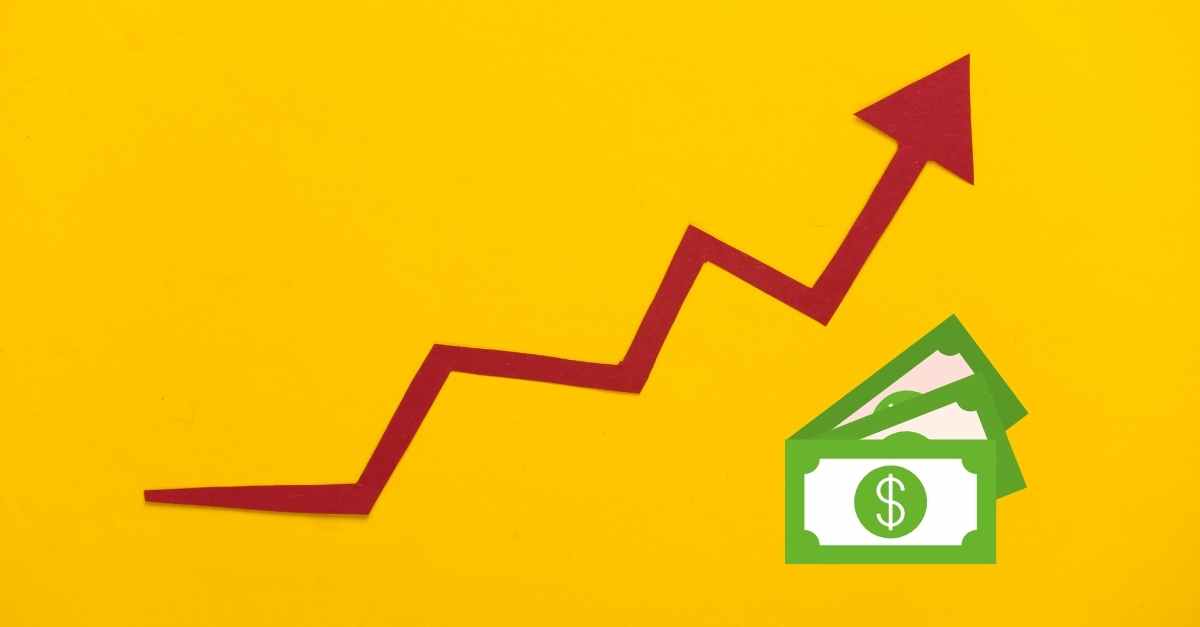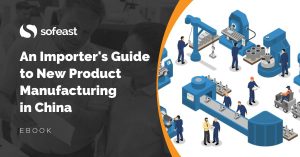There are many types of importing businesses. Some sell in their own brick & mortar stores; some sell predominantly on Amazon; others act as wholesalers; and so on.
And what is the best way to raise the value of those businesses? In general, it comes down to ensuring a differentiated and defensible offer.
In other words, if you are in control of the key products you sell, if no other company sells the same products, and if your customers recognize a difference vs. the competition, you are in good shape.
In practical terms, it generally includes:
- Unique product(s) that are not just ODM products carrying your logo
- Ownership of all related intellectual property, or at the very least a contractual exclusivity in distributing that product
- A value that your customers recognize and are willing to pay a premium for (and this requires good product positioning, good copy, etc.)
- Ideally also a way to reach a target market that is not easy for a competitor to replicate
Some funds are buying certain types of importing businesses
An indication of this is what Amazon aggregators (those large funds that raise money to roll up brands selling on Amazon) are looking for.
They tend to pay more when they see proprietary products that are differentiated in the marketplace. It usually leads to healthier margins. And it future-proofs the business, to a point, provided it comes with good marketing that positions the brand apart and provided there is a sound strategy for IP protection.
Ideally, one innovative and successful product is also a basis to develop other products in the same universe. We see this more and more often. When a V1.0 is successful, the V2.0 might be higher-end (with more features, connected to a mobile app, more durable, etc.), or it might be simpler and less expensive.
What if you don’t have any proprietary products at this stage?
If you have a strategy that works well and gives you high growth and/or high profitability, keep going.
However, if you feel the pain of relying excessively on a supplier and/or selling an undifferentiated product, starting to develop a new product may be the right move.
If you have never done it before, take it slow. Follow a ‘staircase’ approach, starting with a less ambitious goal of working with an ODM supplier on making improvements to one of their products. If you can negotiate to be the exclusive buyer of that version of their product, it might work well.
Then, start to think of a new product that would provide value to your current market or a related niche. Start from a white page, based on what you see are the weaknesses of the competitors’ products. Prepare a brief, and hire an industrial designer, as a first stage.
I wrote an entire guide on bringing a new product into manufacturing, based on lessons learned over the years. It will be helpful.
A word of caution: your first ‘developed from scratch’ product will need to be relatively simple. If you are too ambitious, development might take 6 to 12 months and cost a lot. That might be an enormous risk for your business.
Once your first new product is successful, you can work on realizing your full vision, adding features to it and making it better. Working on an upgrade to an existing successful product is less risky than working on an ambitious development right away.
*****
Over the past few weeks, I heard from various e-commerce sellers that this is increasingly on their minds. They see that Amazon as a platform for their business may not be very stable (and may turn into their direct competitor). They are often at a crossroads, wondering what to do. I hope this gives them a bit of a roadmap!
Are you designing, or developing a new product that will be manufactured in China?
Sofeast has created An Importer’s Guide to New Product Manufacturing in China for entrepreneurs, hardware startups, and SMEs which gives you advance warning about the 3 most common pitfalls that can catch you out, and the best practices that the ‘large companies’ follow that YOU can adopt for a successful project.
It includes:
- The 3 deadly mistakes that will hurt your ability to manufacture a new product in China effectively
- Assessing if you’re China-ready
- How to define an informed strategy and a realistic plan
- How to structure your supply chain on a solid foundation
- How to set the right expectations from the start
- How to get the design and engineering right
Just hit the button below to get your copy (please note, this will direct you to Sofeast.com):


